Reykjavik, Iceland’s vibrant capital, offers a unique blend of culture, history, and natural beauty, making it an ideal city for self-guided walking tours. Its compact size, colorful buildings, and scenic coastal views provide endless opportunities for exploration at your own pace. From iconic landmarks like Hallgrímskirkja to the picturesque Old Harbour, Reykjavik captivates visitors with its charm and accessibility, ensuring a memorable experience for all who wander its streets.
1.1 Why Reykjavik is a Great City for Walking Tours
Reykjavik’s compact size, pedestrian-friendly streets, and vibrant atmosphere make it an ideal city for walking tours. The city’s central landmarks, such as Hallgrímskirkja and the Sun Voyager, are easily accessible on foot. Its colorful buildings, charming neighborhoods, and scenic coastal paths offer a visually stunning experience. Additionally, Reykjavik’s flat terrain and well-marked routes ensure a pleasant and stress-free walking experience. The city’s small-town feel, despite being a capital, allows visitors to explore its cultural and historical highlights at a relaxed pace, making self-guided tours a perfect way to discover its unique charm.
1.2 Brief History and Cultural Significance of Reykjavik
Reykjavik, founded in 874 by Ingólfur Arnarson, is Iceland’s capital and cultural heart. Its history is marked by Viking settlements, maritime trade, and a gradual evolution into a modern city. The city’s cultural significance is evident in its landmarks, such as Hallgrímskirkja, which reflects Icelandic design inspired by natural landscapes. Reykjavik is also a hub for arts, music, and literature, hosting numerous festivals and exhibitions. Its vibrant cultural scene, combined with its historical roots, makes it a city where tradition and innovation coexist, offering visitors a rich and immersive experience during their walking tours.

Starting Point: Hallgrímskirkja
Hallgrímskirkja, Reykjavik’s iconic landmark, is the perfect starting point for your self-guided walking tour. Its striking design and central location make it an ideal spot to begin your exploration.
2.1 Overview of Hallgrímskirkja
Hallgrímskirkja, Iceland’s largest church, stands as a striking landmark in Reykjavik. Completed in 1986, its unique design draws inspiration from Iceland’s natural basalt formations. Named after the 17th-century poet Hallgrímur Pétursson, the church is a prominent example of modern Icelandic architecture. Its 74.5-meter-tall tower offers breathtaking panoramic views of the city and its surroundings. As a working Lutheran church, it hosts regular services, blending spiritual significance with its role as a popular tourist attraction. The church’s central location and iconic status make it an ideal starting point for self-guided walking tours of Reykjavik.
2.2 The Statue of Leif Erikson
In front of Hallgrímskirkja stands a striking bronze statue of Leif Erikson, the 11th-century Norse explorer credited with discovering North America. The statue, designed by Icelandic sculptor Einar Jónsson, was a gift from the United States to Iceland in 1930. It symbolizes Iceland’s Viking heritage and its connection to the New World. Leif Erikson’s figure gazes out to the horizon, embodying the spirit of exploration and adventure. This iconic landmark is a popular spot for photos and reflection, offering a glimpse into Iceland’s rich history and its enduring legacy of seafaring and discovery.
2.3 Panoramic Views from the Tower
Hallgrímskirkja’s 74.5-meter tower offers breathtaking panoramic views of Reykjavik and its surroundings. Visitors can ascend for a small fee to enjoy a bird’s-eye perspective of the city’s colorful buildings, the shimmering waters of the Atlantic, and the vast Icelandic landscape. On a clear day, the views extend to Mount Esja and the nearby mountains. The tower is not only a functional part of the church but also a popular spot for photography and reflection, providing a unique vantage point to appreciate Reykjavik’s charm and its harmonious blend of urban and natural beauty.
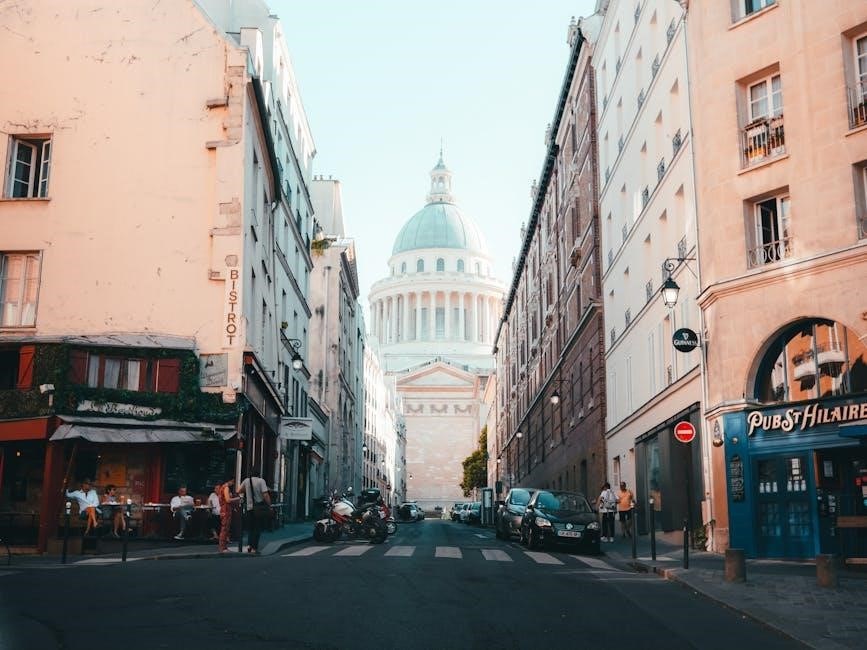
Walking Route to the Sun Voyager
Begin at Hallgrímskirkja and walk downhill along Frakkastígur, admiring colorful buildings and street art. The scenic route leads to Sæbraut road, where the Sun Voyager awaits by the sea.
3.1 Directions from Hallgrímskirkja
Start your journey at Hallgrímskirkja, Reykjavik’s iconic church. Walk north along Frakkastígur, a charming street lined with colorful buildings and vibrant street art. Continue downhill toward the sea, enjoying the scenic views. At the end of Frakkastígur, cross Sæbraut road to reach the Sun Voyager, a stunning metal sculpture located by the waterfront. This smooth, downhill walk offers a pleasant and picturesque route, setting the tone for your exploration of Reykjavik’s coastal beauty and cultural landmarks.
3.2 The Sun Voyager Sculpture
The Sun Voyager, crafted by Icelandic artist Jón Gunnar Árnason, is a striking metal sculpture unveiled in 1990. Located by the sea, its sleek, ship-like design evokes a sense of adventure and timeless exploration. Made of smooth, gleaming aluminum, the sculpture reflects light beautifully, creating a mesmerizing effect. It symbolizes the promise of new discoveries and the spirit of Viking expeditions. This iconic landmark is a must-visit for photographers and history enthusiasts, offering a profound connection to Iceland’s seafaring heritage and its people’s enduring quest for adventure and exploration.
3.3 Interpretation and Symbolism
The Sun Voyager carries deep symbolic meaning, representing exploration, hope, and the timeless quest for new horizons. Its sleek, ship-like design, inspired by Viking vessels, embodies the spirit of adventure and Iceland’s seafaring heritage. The sculpture’s smooth, curved lines and reflective surface evoke a sense of motion and infinity, symbolizing both the past and the future. It serves as a powerful reminder of the nation’s history and its people’s enduring connection to the sea. Visitors often interpret it as a beacon of inspiration, urging them to embrace discovery and the unknown, making it a poignant and thought-provoking landmark.

Exploring Laugavegur
Laugavegur is Reykjavik’s vibrant main shopping street, known for its colorful buildings, boutique shops, and local products. It offers a lively atmosphere, making it a cultural and shopping hub.
4.1 Reykjavik’s Main Shopping Street
Laugavegur is Reykjavik’s primary shopping street, renowned for its vibrant atmosphere and colorful buildings. This pedestrian-friendly street is lined with boutique shops offering unique Icelandic designs, local handicrafts, and high-quality woolen products. Visitors can find everything from traditional sweaters to contemporary fashion, making it a shopper’s paradise. The street also features a variety of cafes and restaurants, perfect for taking a break and enjoying the lively ambiance. Laugavegur’s charm lies in its blend of history and modernity, reflecting the city’s cultural identity. It is a must-visit destination for anyone exploring Reykjavik on foot.
4.2 Boutique Shops and Local Products
Reykjavik’s boutique shops are a treasure trove of Icelandic creativity, offering unique designs and local products. Laugavegur is home to stores featuring handmade jewelry, crafts, and traditional woolen items like hand-knit sweaters. These shops showcase the country’s rich cultural heritage and offer visitors a chance to take home authentic Icelandic souvenirs. Many boutiques highlight local artisans, providing a personal touch to each product. Whether you’re looking for contemporary fashion or traditional goods, Reykjavik’s shopping scene ensures a memorable and culturally enriching experience for every visitor.
4.3 Recommended Cafes and Restaurants
Reykjavik’s culinary scene offers a delightful mix of traditional and modern Icelandic cuisine. For a fine dining experience, head to Hnoss at Harpa Concert Hall, where innovative dishes showcase local ingredients. At the Old Harbour, Seabaron serves fresh seafood, including their famous lobster soup. Along Skólavörðustígur, cozy cafes offer a perfect spot to relax with a coffee and pastry. These eateries provide a taste of Iceland’s rich food culture, blending tradition with contemporary flavors. Whether you’re seeking a hearty meal or a light snack, Reykjavik’s dining options cater to all tastes, making your self-guided walking tour even more enjoyable.
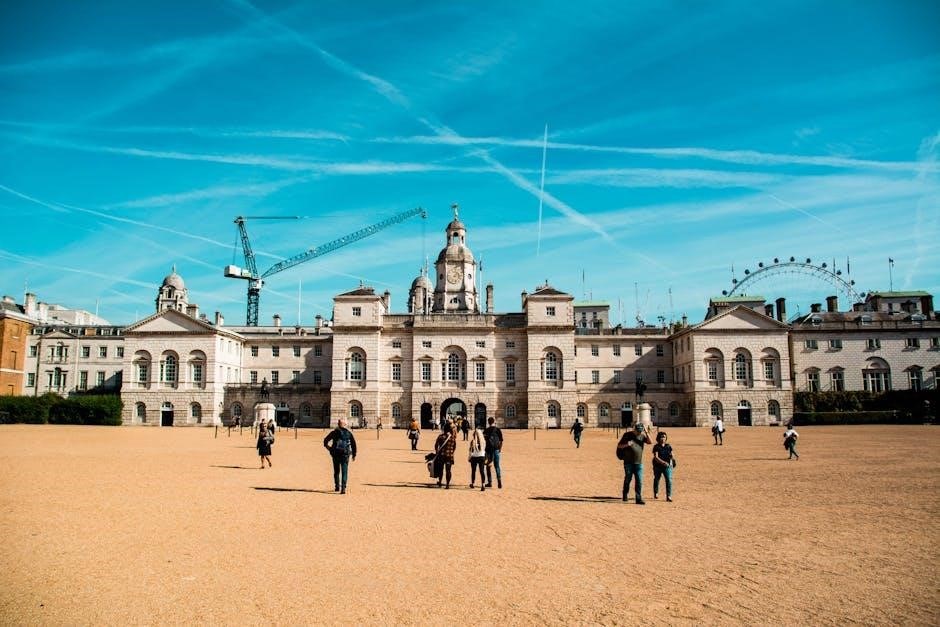
Arnarholl Park and the Founder’s Statue
Arnarholl Park offers a serene escape, featuring the Founder’s Statue of Ingólfur Arnarson, Reykjavik’s founder. This scenic hilltop spot provides panoramic views of the city and harbour, embodying Icelandic history and natural beauty.
5.1 Historical Significance of Ingólfur Arnarson
Ingólfur Arnarson, a Norse chieftain, is celebrated as the founder of Reykjavik, establishing the city around 870 AD. His arrival marked the beginning of Icelandic settlement, shaping the nation’s identity. The statue honoring him in Arnarholl Park symbolizes his pivotal role in Icelandic history, embodying the spirit of exploration and resilience. Arnarson’s legacy endures, making him a central figure in Iceland’s cultural narrative and a key symbol of its Viking heritage.
5.2 Features of Arnarholl Park
Arnarholl Park, located in central Reykjavik, offers a peaceful retreat with open green spaces and scenic views. The park is surrounded by vibrant buildings and features walking paths that connect to key landmarks. Its central location makes it a popular spot for both locals and tourists to relax and enjoy the city’s ambiance. The park’s design blends seamlessly with Reykjavik’s modern and historical charm, providing a tranquil setting for reflection and recreation amidst the bustling city life.
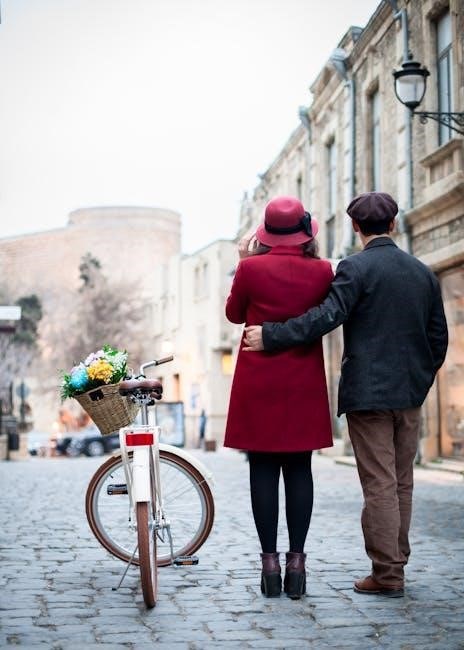
Harpa Concert Hall
Harpa Concert Hall is a stunning modern landmark in Reykjavik, known for its futuristic architecture inspired by Icelandic volcanic basalt formations. It hosts cultural events, concerts, and conferences, showcasing the city’s vibrant artistic scene.
6.1 Architectural Highlights
Harpa Concert Hall is a modern architectural icon, featuring a dazzling glass façade inspired by Iceland’s volcanic basalt formations. The building’s geometric patterns reflect the surrounding landscape, while its shimmering glass panels create a mesmerizing interplay of light and color. Designed by Henning Larsen Architects, the structure seamlessly blends into Reykjavik’s waterfront, offering a futuristic yet harmonious presence. The hall’s interior mirrors its exterior brilliance, with acoustically designed spaces that host world-class performances. Harpa’s innovative design has earned it numerous architectural awards, solidifying its status as a must-see landmark during your self-guided walking tour of Reykjavik.
6.2 Cultural Events and Performances
Harpa Concert Hall is a vibrant hub for cultural events, hosting a wide array of performances throughout the year. From classical music concerts by the Iceland Symphony Orchestra to contemporary dance and theater productions, Harpa offers a diverse cultural experience. The hall also features international artists, making it a melting pot of global and Icelandic culture. Visitors can check the event calendar to coincide their walking tour with a performance, immersing themselves in Reykjavik’s thriving arts scene. The venue’s state-of-the-art acoustics ensure an exceptional experience, making it a highlight of any self-guided exploration of the city.
6.4 Dining at Harpa
Harpa Concert Hall offers a refined dining experience at its in-house restaurant, Hnoss, where guests can enjoy Icelandic cuisine with a modern twist. The menu features locally sourced ingredients, reflecting the country’s culinary traditions. With its sleek, contemporary design, Hnoss provides a sophisticated setting to relax and dine after exploring the city. Visitors can savor dishes like fresh seafood, lamb, or vegetarian options, paired with an extensive wine list. Dining at Harpa is a perfect way to complement your self-guided walking tour, offering a break from sightseeing with a touch of cultural and gastronomic indulgence.

The Old Harbour
The Old Harbour is a charming and historic spot offering picturesque views of the marina and access to whale-watching tours. Its maritime atmosphere and blend of old warehouses and modern amenities make it a vibrant hub for both locals and visitors.
7.1 Whale Watching Tours
Reykjavik’s Old Harbour is a hub for whale-watching tours, offering a chance to spot humpback, minke, and orca whales in their natural habitat. These tours, often led by experienced guides, provide insights into marine life and conservation efforts. Many tours guarantee sightings or offer a free second attempt if whales aren’t seen. The tours typically last a few hours, and passengers are equipped with reflective suits for safety. It’s advisable to book in advance, especially during peak season. The experience combines education, adventure, and the breathtaking beauty of Iceland’s coastal waters, making it a memorable highlight of your self-guided walking tour.
7.2 Seabaron Restaurant
Seabaron Restaurant, located in Reykjavik’s Old Harbour, is a cozy, old-school seafood spot known for its authentic Icelandic cuisine. The restaurant offers a no-frills dining experience, with patrons queuing to order before taking seats in a cramped but charming setting. The lobster soup is a standout dish, praised for its rich flavor. However, the inclusion of whale meat on the menu may not appeal to all visitors. Despite this, Seabaron remains a popular choice for those seeking traditional Icelandic seafood during their self-guided walking tour of the harbour area.
7.3 Harbour Activities and Views
Reykjavik’s Old Harbour offers a vibrant atmosphere with stunning views of the sea and surrounding landscape. Visitors can enjoy whale watching tours, which often include sightings of dolphins and minke whales. The harbour’s picturesque setting, with its hardy boats and historic warehouses, provides a perfect spot for photography. Strolling along the waterfront allows you to soak in the maritime charm and lively energy of the area. Whether you’re exploring the harbour’s activities or simply taking in the views, it’s a memorable stop on your self-guided walking tour of Reykjavik.
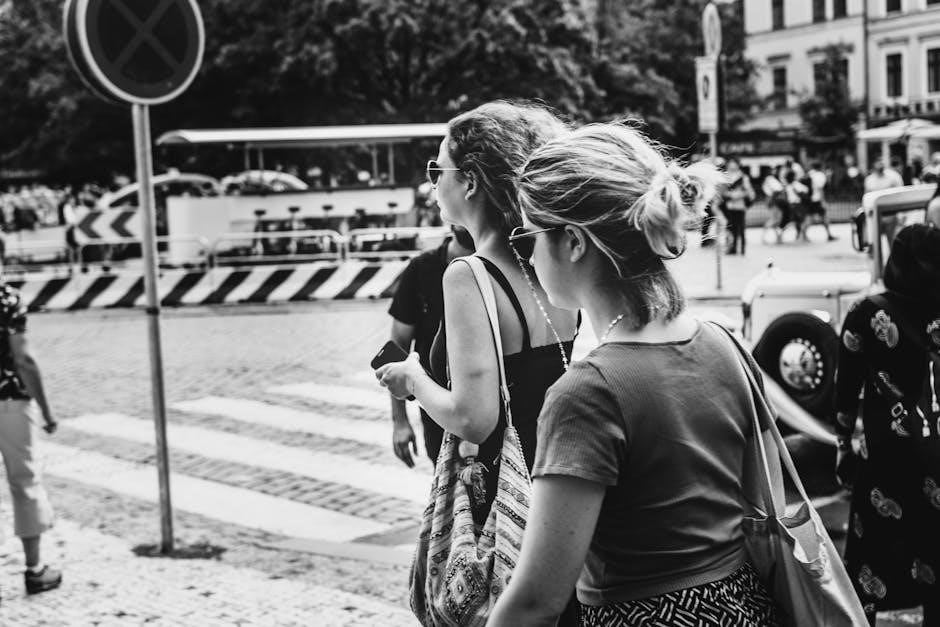
Skólavörðustígur (Rainbow Street)
Skólavörðustígur, or Rainbow Street, captivates with its vibrant, colorful pavement, perfect for photos. Lined with shops and cafes, it leads back to Hallgrímskirkja, completing the city loop.
8.1 The Rainbow Road
Skólavörðustígur, affectionately known as the Rainbow Road, is a vibrant pedestrian street in Reykjavik. Its colorful, painted pavement makes it a popular spot for photos, especially in good weather. The street’s lively atmosphere is enhanced by its proximity to Hallgrímskirkja and the city center. Visitors can enjoy strolling along this cheerful path, exploring nearby shops and boutiques, and soaking in the city’s artistic vibe. The Rainbow Road is a must-visit for anyone looking to capture the charm and creativity of Reykjavik during their self-guided walking tour.
8.2 Shops and Galleries
Skólavörðustígur is lined with an array of unique shops and galleries, offering everything from high-end fashion to handmade Icelandic crafts. Boutiques like Aurum and Tiffany Markfont showcase elegant jewelry inspired by Nordic designs. Visitors can explore local art galleries featuring works by Icelandic artists, as well as shops specializing in traditional woolen sweaters and knitwear. The street’s vibrant atmosphere is complemented by its proximity to Hallgrímskirkja, making it a perfect stop during a self-guided walking tour to shop, admire art, or simply soak in the city’s cultural charm.
Dining in Reykjavik
Reykjavik offers a vibrant dining scene, blending traditional Icelandic cuisine with modern twists. Savor local delicacies like lamb, seafood, and skyr, or explore cozy cafes and restaurants along your walking route.
9.1 Traditional Icelandic Cuisine
Traditional Icelandic cuisine is a fascinating blend of local ingredients and heritage, shaped by the country’s rugged environment. Staples include fresh seafood such as cod and haddock, grass-fed lamb, and dairy products like skyr, a thick yogurt-like snack. Fermented and cured foods, such as fermented shark and dried fish, reflect the Viking influence. Hearty meat stews and fish soups, like Fiskibollur, are comforting and flavorful. Don’t miss the iconic lamb hot dogs, Pylsur, a popular street food. These dishes offer a unique taste of Iceland’s rich culinary history and culture, making them a must-try during your walking tour of Reykjavik.
9.2 Recommended Restaurants
Reykjavik offers a variety of dining options that blend tradition with modern flavors. Seabaron at the Old Harbour is a must-visit for seafood lovers, particularly their famous lobster soup. For a cozy, local experience, try Hamborgarabúlla Tómasa, known for its delicious fish burgers. Skál! in Laugavegur offers a modern take on Icelandic cuisine with a focus on seasonal ingredients. Don’t miss the opportunity to enjoy fresh, locally-sourced dishes that showcase Iceland’s culinary heritage. These eateries provide a perfect break during your walking tour, offering both authentic flavors and a taste of the city’s vibrant food culture.
9.3 Cafes and Coffee Culture
Reykjavik’s cafes are cozy havens that perfectly complement its walking tours. Café Loki offers traditional Icelandic treats like rye bread ice cream and skyr, while Reykjavik Roasters is a favorite for specialty coffee. Te & Kaffi, a local chain, provides a warm atmosphere for a mid-tour break. These cafes reflect the city’s love for quality coffee and relaxed socializing. They are ideal spots to recharge, enjoy local flavors, and soak in the city’s laid-back vibe, making them essential stops during your self-guided exploration of Reykjavik.
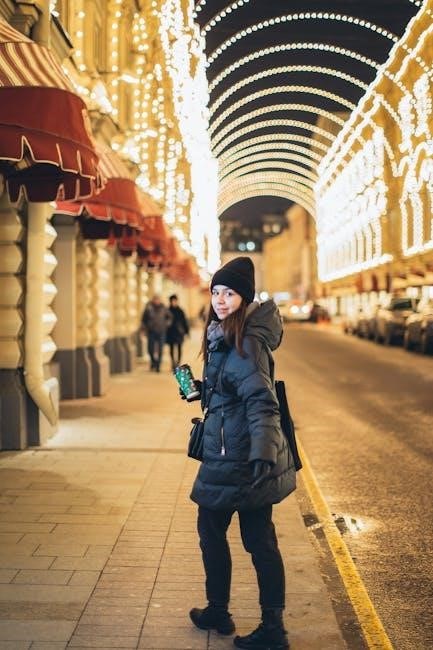
Museums and Galleries
Reykjavik’s museums and galleries offer a glimpse into Iceland’s unique culture, history, and quirky traditions, providing a fascinating break from your walking tour adventures.
10.1 The Icelandic Phallological Museum
The Icelandic Phallological Museum is a one-of-a-kind attraction showcasing over 200 specimens of phalluses from Icelandic mammals, including whales, seals, and land animals. This quirky museum offers a fascinating and humorous insight into biological diversity. Located near the Harpa Concert Hall, it’s a popular stop for curious visitors. The museum also features educational exhibits, a gift shop, and a unique perspective on Icelandic culture. Its founder’s mission to educate and entertain has made it a must-see for those seeking an unconventional experience during their Reykjavik walking tour.
10.2 Other Notable Museums
Reykjavik is home to a variety of museums that cater to diverse interests. The National Museum of Iceland offers insights into the country’s history, while the Reykjavik Art Museum showcases Icelandic contemporary art. The Maritime Museum highlights Iceland’s seafaring heritage, and the Saga Museum brings Viking sagas to life through exhibits. These institutions provide a deeper understanding of Iceland’s culture, history, and art, making them essential stops for curious visitors during their self-guided walking tour of Reykjavik.
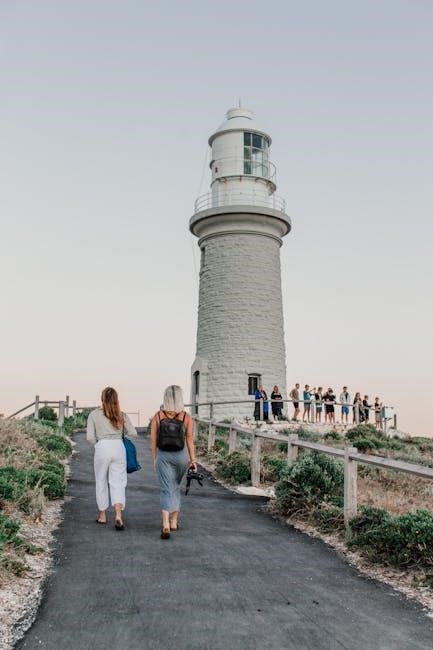
Practical Tips for Your Walking Tour
Wear layered clothing, bring waterproof gear, and stay hydrated. Download maps or guides for navigation, and consider public transport for longer distances. Plan according to daylight hours.
11;1 What to Wear
Dressing appropriately is essential for a comfortable walking tour in Reykjavik. Opt for layered clothing to adapt to changing weather conditions, including a breathable base layer, fleece, and waterproof jacket. Sturdy, waterproof shoes with good grip are recommended for uneven paths and potential rain. Don’t forget accessories like a hat, gloves, and scarf to protect against wind and cold. Consider bringing a lightweight rain poncho or umbrella, as showers can occur unexpectedly. Finally, wear comfortable walking shoes, as you’ll be exploring the city on foot for several hours at a time.
11.2 Transportation Options
Reykjavik is highly walkable, but additional transportation options are available for convenience. Public buses, operated by Strætó, offer an affordable way to navigate the city, with routes covering most areas. Tickets can be purchased via the Strætó app or at vending machines. For airport transfers, the Flybus shuttle is a popular choice, taking about 45 minutes to reach the city center. Car rentals provide flexibility for exploring beyond the city, while taxis are available but more expensive. Bikes are also a great eco-friendly option, with rental shops offering affordable rates for self-guided tours.
11.3 Best Time to Visit
Reykjavik is enjoyable year-round, but the best time for a self-guided walking tour depends on your preferences. Summer (June to August) offers mild temperatures (10-20°C) and long daylight hours, ideal for exploring outdoor attractions. Winter (December to February) is colder (-5 to 5°C) but provides opportunities to see the Northern Lights. Spring (March to May) and autumn (September to November) offer a balance of fewer crowds and vibrant foliage. Plan according to your interests: summer for hiking and outdoor activities, winter for Northern Lights, and shoulder seasons for a quieter, more serene experience.
Reykjavik’s vibrant culture, stunning landscapes, and walkable charm make it a must-explore destination. From iconic landmarks to hidden gems, a self-guided tour offers unforgettable experiences in Iceland’s capital.
12.1 Final Thoughts on Reykjavik
Reykjavik captivates with its unique blend of Nordic charm and modern vibrancy. The city’s walkable layout and rich cultural offerings make it a delightful destination for self-guided exploration. From the iconic Hallgrímskirkja to the serene Old Harbour, every corner tells a story. The city’s compact size allows visitors to effortlessly discover its hidden gems, such as the Rainbow Street and boutique-filled Laugavegur. Whether strolling along the coast or immersing in local cuisine, Reykjavik leaves a lasting impression. Its combination of natural beauty, historical significance, and lively atmosphere ensures an unforgettable experience for every traveler.
12.2 Encouragement to Explore
Reykjavik is a walker’s paradise, inviting you to uncover its charm at every turn. With its compact layout and vibrant atmosphere, the city encourages you to embrace discovery. From the iconic landmarks to hidden gems, each step reveals a new story. Take your time to wander along the coastal paths, soak in the lively culture, and indulge in local cuisine. Reykjavik’s unique blend of natural beauty and urban vitality makes it a city that captivates the heart. Whether you’re exploring historic sites or simply enjoying the views, Reykjavik promises an unforgettable adventure. Start your journey and let the city inspire you!


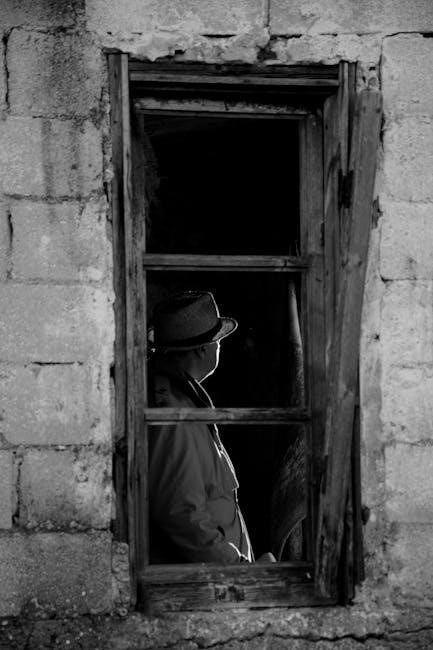

Be the first to reply